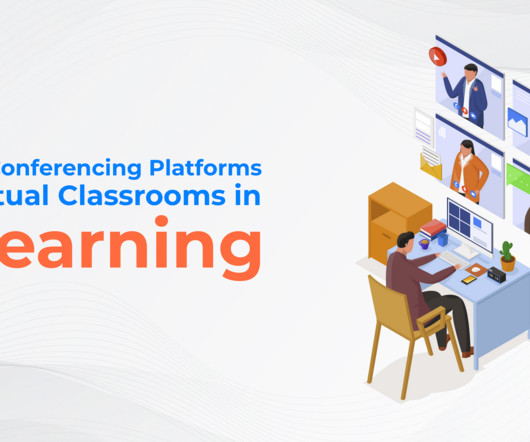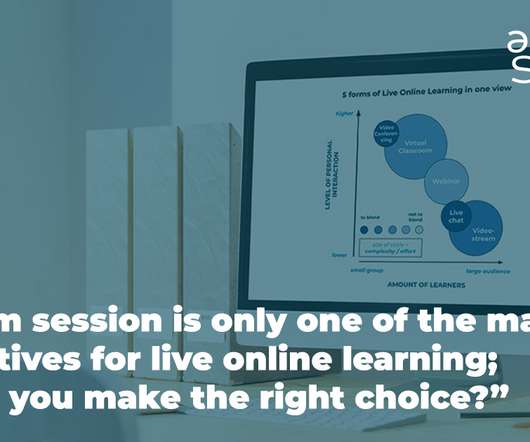Video Conferencing Platforms vs Virtual Classrooms in eLearning
BrainCert
JUNE 19, 2023
On the other hand, a virtual classroom is designed to facilitate asynchronous learning by providing course material for learners who can work at their own pace. Virtual classrooms may also offer features such as grade books or exams that help track student progress over time while providing instructors with reports on student performance.
















Let's personalize your content